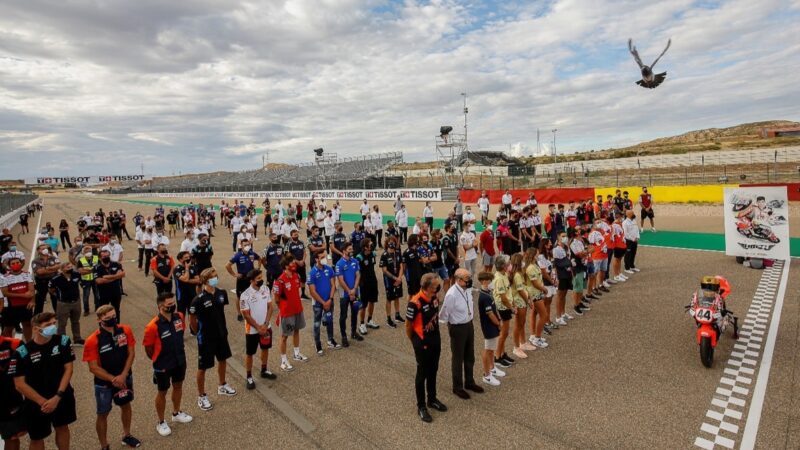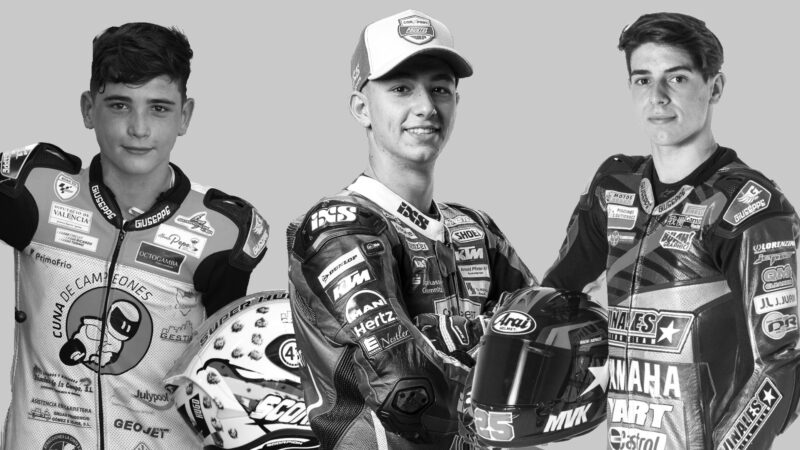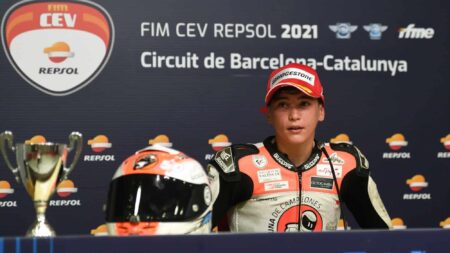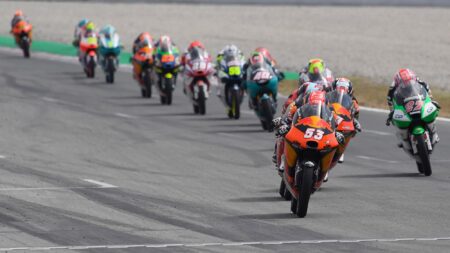This current death rate – whether it’s children or adults – is unacceptable, and it’s sad that after decades of hard graft by teams association IRTA, Dorna and riding-gear manufacturers that Grand Prix racing is now as deadly as it was before that work began in the 1980s.
The problem with Moto3 and Supersport 300 is straightforward – the bikes are too similar and too easy to ride, which is why talented riders often can’t make the difference to get out front and stretch the pack. This is also why riders resort to maniacal manoeuvres to make passes. Of course they are to blame for these moves but so too are the technical rules for putting them in that situation.
It’s no coincidence that the ten closest top-15 finishes in 73 years of 125cc/Moto3 GP racing have all been achieved not since Moto3’s inaugural 2012 season but in the eight seasons since 2014, when random engine allocation was introduced, so that everyone has essentially the same engine performance and all the bikes are basically clones of one another.
And it’s no coincidence that Viñales, Millán and Dupasquier all died the same way – not through acts of outrageous riding, but simply by falling off and running out of luck.

The MotoGP paddock mourns Millán’s death during the Aragon GP earlier this month
MotoGP
The way to prevent similar accidents is therefore simple: adjust the technical rules to break up the packs, otherwise more riders will die the same way. And surely any failure to make changes when there’s a self-evident problem could be deemed negligent?
Dupasquier, Millán and Viñales all lost their lives at Dorna events – MotoGP, World Superbike and so-called Road To MotoGP – so the company needs to work with the FIM (the Fédération Internationale de Motocyclisme), its partners and stakeholders to urgently fix these problems.
Will that happen? I don’t know.
Two weeks ago at the San Marino grand prix Deniz Öncü crashed on Saturday and was knocked out cold for at least ten minutes – “I woke up in the medical centre,” he tweeted later – but the next morning was passed fit to race.
This was an utterly bizarre decision, especially in the wake of Dupasquier’s recent death, which suggests a cavalier mindset in the sport’s corridors of power.




